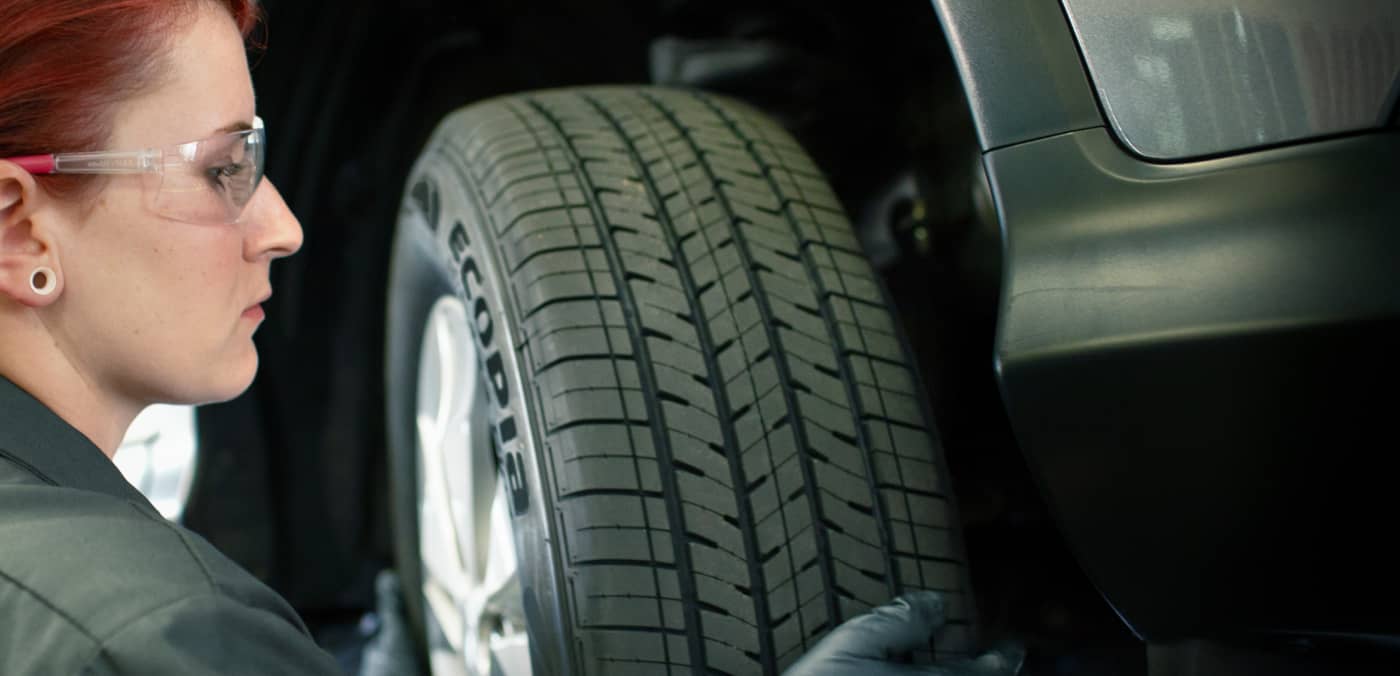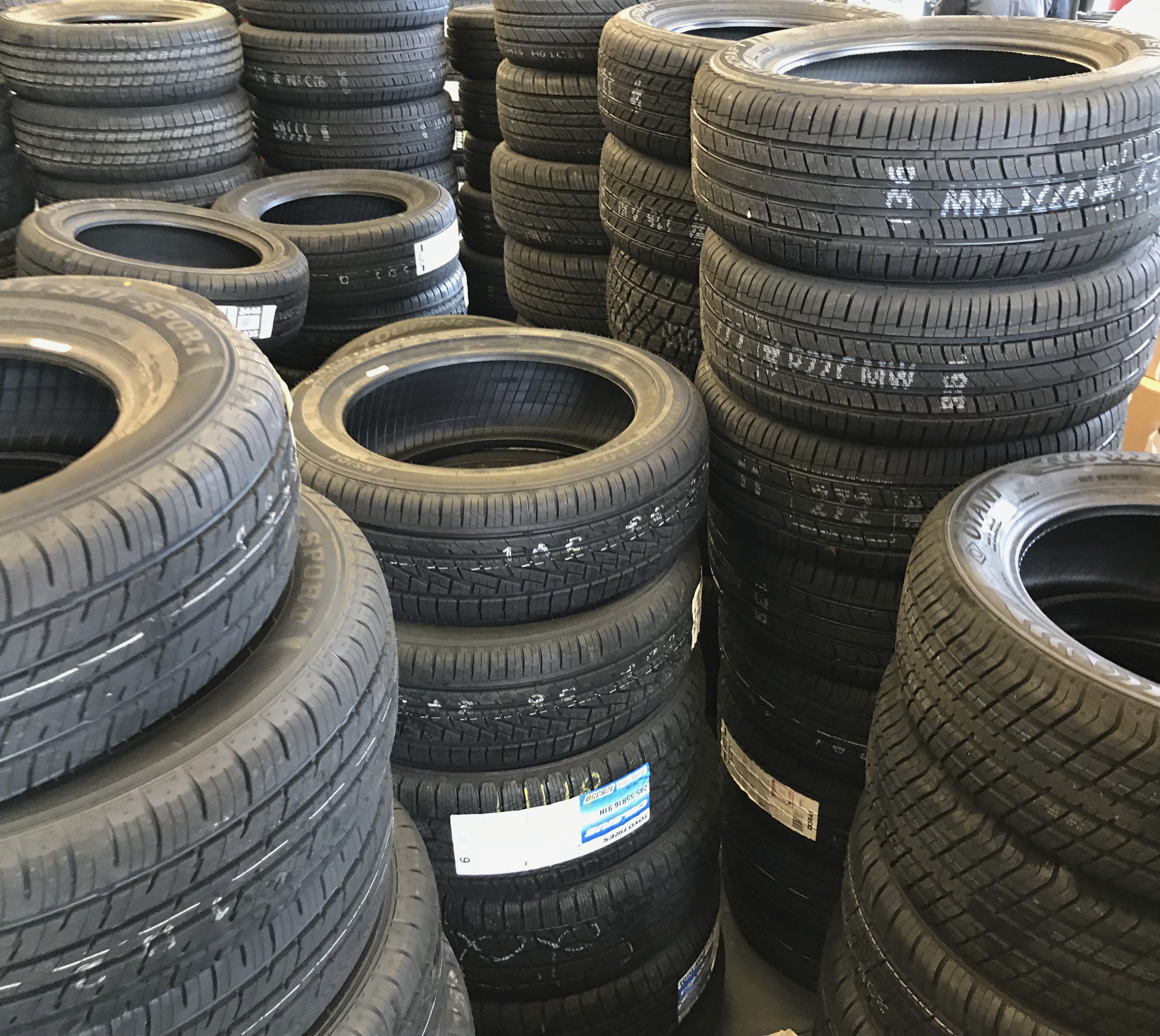All Categories
Featured
Table of Contents
I was able to get 100 hours out of among these tires, and while it had definitely no tire lugs left on it, the soft substance made it function very wellas long as I was using a soft mousse. Kitt Stringer picture Easy installing - 3Wear - 3Sidewall stamina - 3Performance on roots - 4Performance on damp rocks - 2Traction on dirt - 5Cornering capability - 4Traction while stopping - 4Self-clearing of dust and mud - 3Performance in mud - 3Overall predictability or tracking - 3 _ 37 Conclusion: This is an excellent well-rounded tire with great value for money.

The wear was constant and I like for how long it lasted and exactly how constant the feeling was during usage. This would certainly additionally be a good tire for faster races as the lug size and spacing little bit in well on quick terrain. Kitt Stringer photo Easy placing - 3Wear - 3Sidewall stamina - 3Performance on roots - 4Performance on damp rocks - 4Traction on dust - 4Cornering ability - 4Traction while stopping - 5Self-clearing of dust and mud - 4Performance in mud - 4Overall predictability or monitoring - 4_42 Final thought: I liked this tire a whole lot.
If I needed to get a tire for difficult enduro, this would remain in my leading selection. Easy mounting - 3Wear - 3Sidewall toughness - 3Performance on roots - 4Performance on damp rocks - 3Traction on dust - 4Cornering capacity - 3Traction while stopping - 3Self-clearing of dust and mud - 4Performance in mud - 4Overall predictability or monitoring - 3 _ 34 Final thought: This tire was extremely soft and pliable.
All the gummy tires I tested executed fairly close for the initial 10 hours approximately, with the victors mosting likely to the softer tires that had much better grip on rocks (Vehicle alignment). Buying a gummy tire will absolutely provide you a strong benefit over a routine soft compound tire, however you do pay for that advantage with quicker wear
Tyre Inspections Near Me – Bayswater
Best value for the rider who desires decent efficiency while obtaining a reasonable quantity of life. Finest hook-up in the dirt. This is an excellent tire for springtime and fall conditions where the dirt is soft with some dampness still in it. These tested race tires are wonderful throughout, but wear quickly.
My overall victor for a tough enduro tire. If I had to invest cash on a tire for everyday training and riding, I would select this one.
Leading Tyre Deals Near Me – Noranda
I've been running a set of Michelin Power Pilot 2CT's on my track Daytona 675 for the past year. In that time I have done 15 track days in all weather conditions from chilly wet to extremely hot and these tires have actually never ever missed a beat. Tyre and wheel services. I have actually done virtually 2,000 miles (3,200 km) on them and as you can see from this shot of the front taken after initial session of my 15th track day on them, they still have fairly a great deal of rubber left on them
Basically the 2CT is an impressive track day tyre. If you're the kind of biker that is most likely to encounter both damp and dry problems and is beginning on track days as I was in 2015, after that I think you'll be hard pushed to locate a far better worth for cash and proficient tyre than the 2CT; a pair of which will certainly set you back around 185 (US$ 300) in the UK.
Coming up with a much better all round road/track tire than the 2CT must have been a difficult job for Michelin. The result of that effort is the Michelin Pilot Power 3 which essentially replaces the Pure. Don't perplex this new tyre with the roadway going Pilot Roadway 3 which is not made for track use (although some bikers do).
When the Pilot Power 3 launched, Michelin suggested it as a 50:50% road: track tire. All the cyclist reports that I've reviewed for the tyre rate it as a much better tyre than the 2CT in all locations however especially in the wet.
Tyre Safety Near Me
Technically there are several differences between the two tires also though both utilize a twin compound. Aesthetically you can see that the 2CT has fewer grooves cut right into the tyre but that the grooves run to the edge of the tire. The Pilot Power 3 has more grooves for better water dispersal however these grooves don't get to the shoulder of the tire.
One facet of the Pilot Power 3 which is different to the 2CT is the brand-new 2CT+ innovation which expands the harder middle section under the softer shoulders (on the rear tire). This need to offer extra security and decrease any kind of "wriggle" when accelerating out of corners despite the lighter weight and more adaptable nature of this brand-new tire.

I was a little dubious concerning these reduced stress, it turned out that they were fine and the tyres performed truly well on track, and the rubber looked much better for it at the end of the day. Equally as a factor of referral, other (quick team) riders running Metzeler Racetecs were utilizing tire stress around 22-24 psi for the rear and 24-27 psi on the front.
Developing a much better all round road/track tire than the 2CT need to have been a hard job for Michelin. The outcome of that initiative is the Michelin Pilot Power 3 which basically replaces the Pure. Do not puzzle this new tire with the roadway going Pilot Road 3 which is not created for track usage (although some bikers do).
Reliable Discount Car Tyres Near Me – Bayswater
When the Pilot Power 3 released, Michelin suggested it as a 50:50% road: track tire. All the rider reports that I've checked out for the tire price it as a much better tire than the 2CT in all locations but especially in the damp.

Technically there are several differences between the 2 tyres although both make use of a double compound. Visually you can see that the 2CT has fewer grooves cut into the tyre but that the grooves go to the edge of the tyre. The Pilot Power 3 has even more grooves for much better water dispersal however these grooves don't reach the shoulder of the tire.
One facet of the Pilot Power 3 which is various to the 2CT is the brand-new 2CT+ modern technology which prolongs the harder center section under the softer shoulders (on the rear tyre). This ought to offer more stability and decrease any "agonize" when speeding up out of corners regardless of the lighter weight and more flexible nature of this new tire.
Although I was somewhat dubious regarding these lower pressures, it ended up that they were great and the tires performed truly well on course, and the rubber looked far better for it at the end of the day. Just as a point of recommendation, other (fast group) riders running Metzeler Racetecs were making use of tyre stress around 22-24 psi for the rear and 24-27 psi on the front
Latest Posts
Tyre Inspections (Embleton WA)
Honest Low-cost Tyres Near Me
Best Tyre Upgrades Near Me